A Articular disc is a joint disc. It consists of cartilage and connective tissue. There are several joint discs in different places in the human organism.
What is the articular disc?
There is a discus articularis in different places in the human organism. It is a Intermediate joint washer. This means that each articular disc is surrounded by two opposing joint surfaces.
The task of the intermediate joint disk is to act as a buffer between the two joint surfaces and to compensate for nonconformities. Usually the intermediate joint disks ensure pressure compensation. An articular disc consisting of cartilage and connective tissue separates the separate chambers located within a joint cavity. Joints can cause problems and pain when overused or with age. The cartilage breaks down and can no longer be rebuilt naturally.
For this reason, preventive measures when dealing with the joints are highly recommended. The best-known joints include the temporomandibular joint, the wrists or the knee joint. If there are problems with an articular disc, the surrounding regions are often also affected. The intermediate joint disks are supplied by the fluids from the environment. This means that they are not connected to the circulatory or nervous system.
Anatomy & structure
Articular discs can be found in the knee, wrist, or jaw joint. The medical term for an articular disc is Fibrocartilago interarticularis.
An articular disc consists mainly of cartilage, fibers and connective tissue. The cartilage tissue in the human organism is flexible and consists of several substances. They include cells, connective and supporting tissue. Cartilage is more prone to damage than bone, although cartilage forms the basis of the skeleton made up of bones. The connective tissue, which belongs to an articular disc, consists predominantly of intercellular mass. It has the task of protecting against damage and is a water reservoir. The connective tissue serves the defense reaction against pathogens.
There are no nerve tracts or blood vessels leading to the articular discs. This means that there is no supply of nutrients or messenger substances via the nervous or blood system. A discus articularis supplies itself via a so-called diffusion. During this process, a dynamic proper movement takes place. This is influenced by the surrounding regions. In the case of the articular disc, this is the synovia. This is a fluid that is found in the surrounding joints, bursa, or tendon sheaths.
Function & tasks
The tasks of flexible disks are diverse. They help to compensate for existing inequalities in the joint surfaces. The inequalities are known as incongruences. Articular surfaces are made up of at least two bones. These are in a flexible connection to one another. A distinction must be made between different joint shapes. These include the ball joint, the ellipsoid joint, the saddle joint and the cylinder joint. All have different functions and are of different complexity.
What they all have in common, however, is the negotiation of an intermediate joint disk. Depending on the shape of the joint, other inequalities must be compensated for by an articular disc. In addition, the intermediate joint washers serve to enlarge the contact area between the individual elements of the joint. This leads to a widening of the contact surface. Another task of the articular disc is the buffer function. In this way, they cushion the pressure that is on the individual joints. The buffer function leads to a pressure distribution within the joint.
The pressure is transmitted perpendicular to the wing. If the joint surfaces are uneven, an articular disc acts like a sliding pad. The pressure is distributed over this and the wing should be relieved. It is possible for the joint disk to fill the joint space almost completely. The intermediate joint disks have a further function in the course of movement. A joint consists of a joint head and a joint socket. The articular disc helps the joint head to move well in the joint socket. It is even guided by the intermediate joint disc when it moves.
Diseases
Depending on the location of the corresponding joint, different symptoms occur. Joint problems generally cause restricted freedom of movement. Osteoarthritis of the joints can occur in any area that has joint discs.
It is often accompanied by reddening of the skin and swelling of the joints and the surrounding areas. Wear and tear on a joint can lead to joint inflammation. As soon as the activity of the joint is restricted, the affected region often behaves gently. This in turn can cause tension in the muscles. Joints cause discomfort when there is overload or one-sided stress. This can happen with incorrect movement, but also with overweight. Hereditary factors, age and weight are important criteria for joint problems. Smoking promotes conditions like psoriatic arthritis.
This is an inflammation of the joints in the context of psoriasis. It is a form of rheumatism. Symptoms such as dizziness, sleep disorders or difficulty swallowing belong to symptoms of the jaw joint. In addition, there may be noises in the ears or restricted movements of the head and neck. Misalignments of the jaw or poorly fitted dentures can be additional causes. Tooth gaps and associated tooth migration are also included.
Bones near the joints can also be responsible for various joint problems. As soon as bones grow together incorrectly after a fracture, this can cause joint wear. This also happens when the articular cartilage has been damaged in an injury. Injuries after accidents have a significant impact on joint discomfort and pain even after a long period of time.

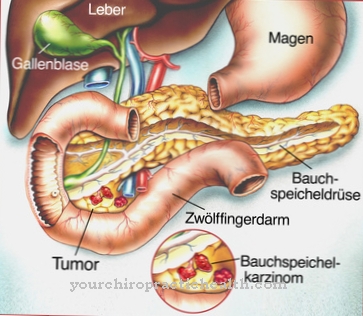
.jpg)
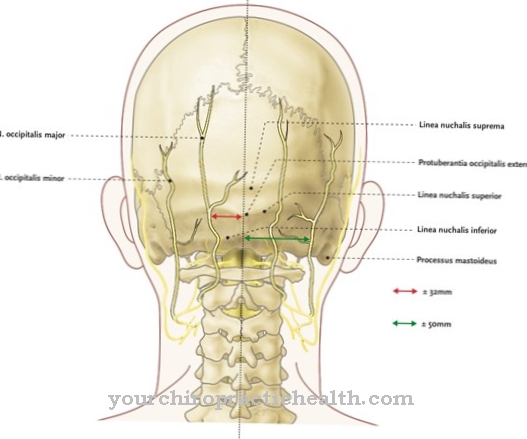
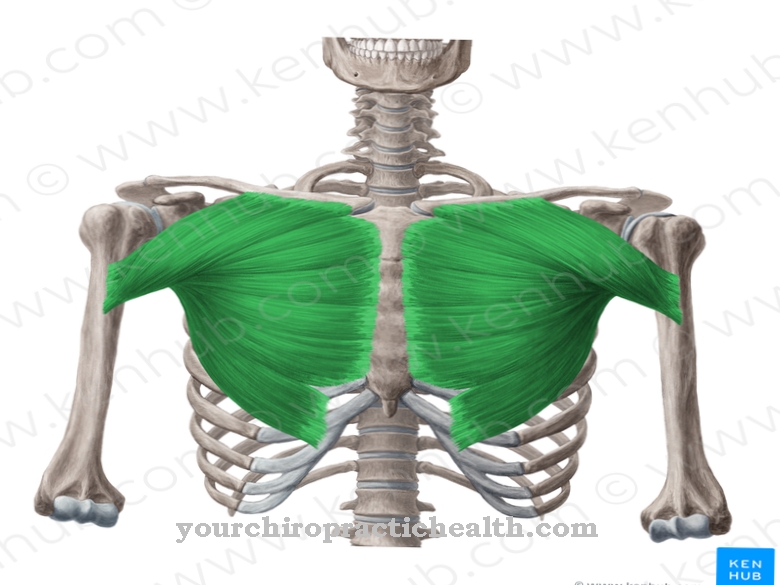
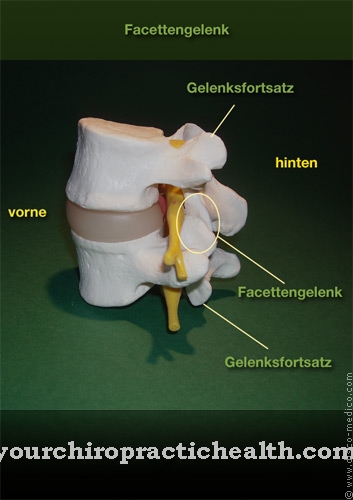
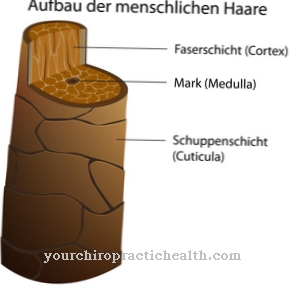


















.jpg)

.jpg)
